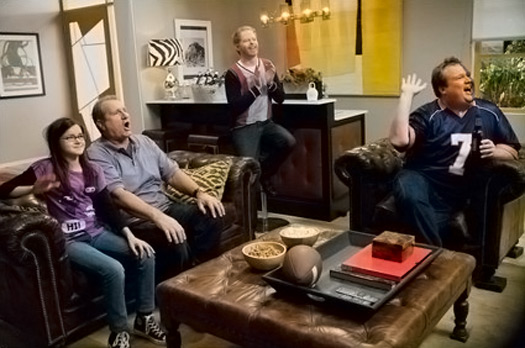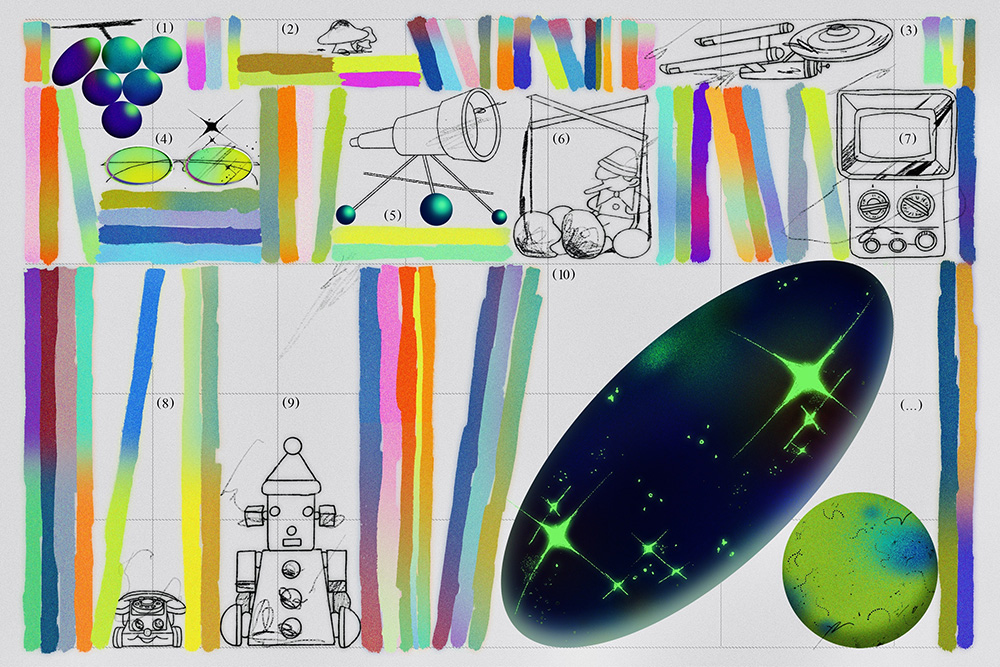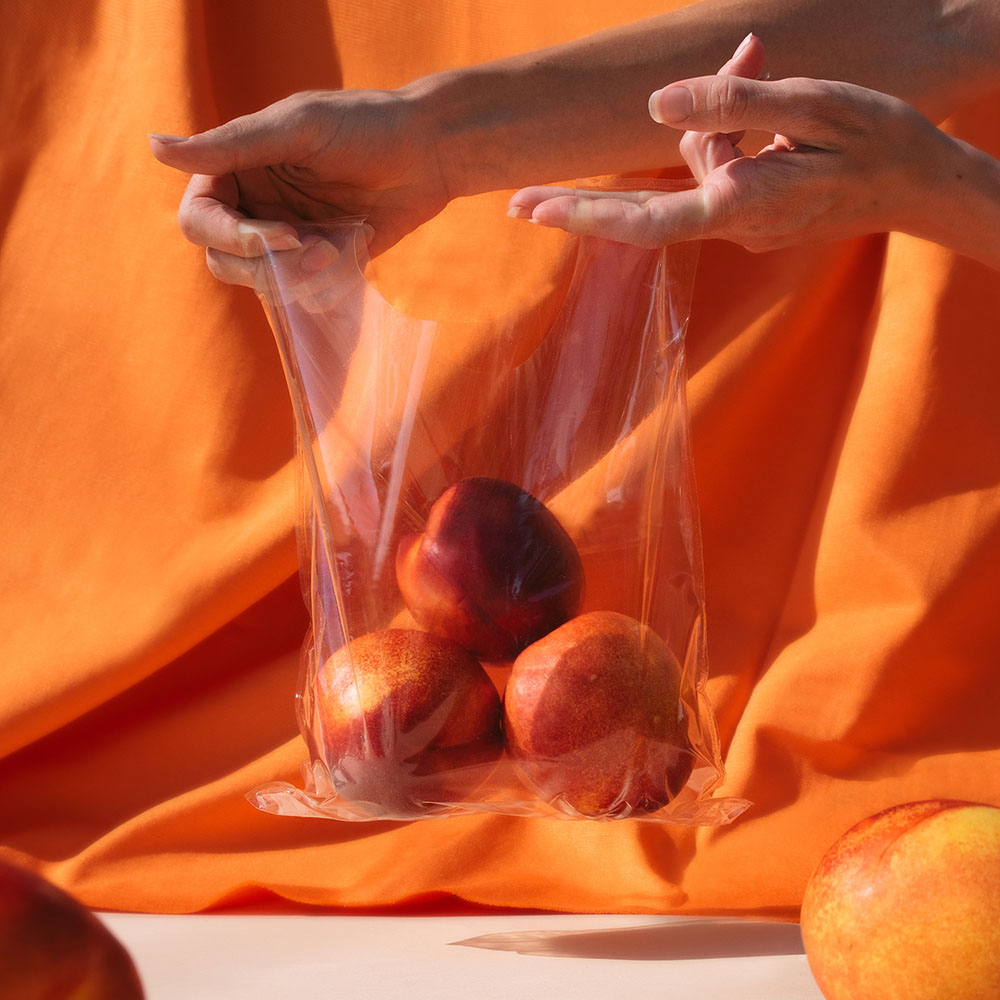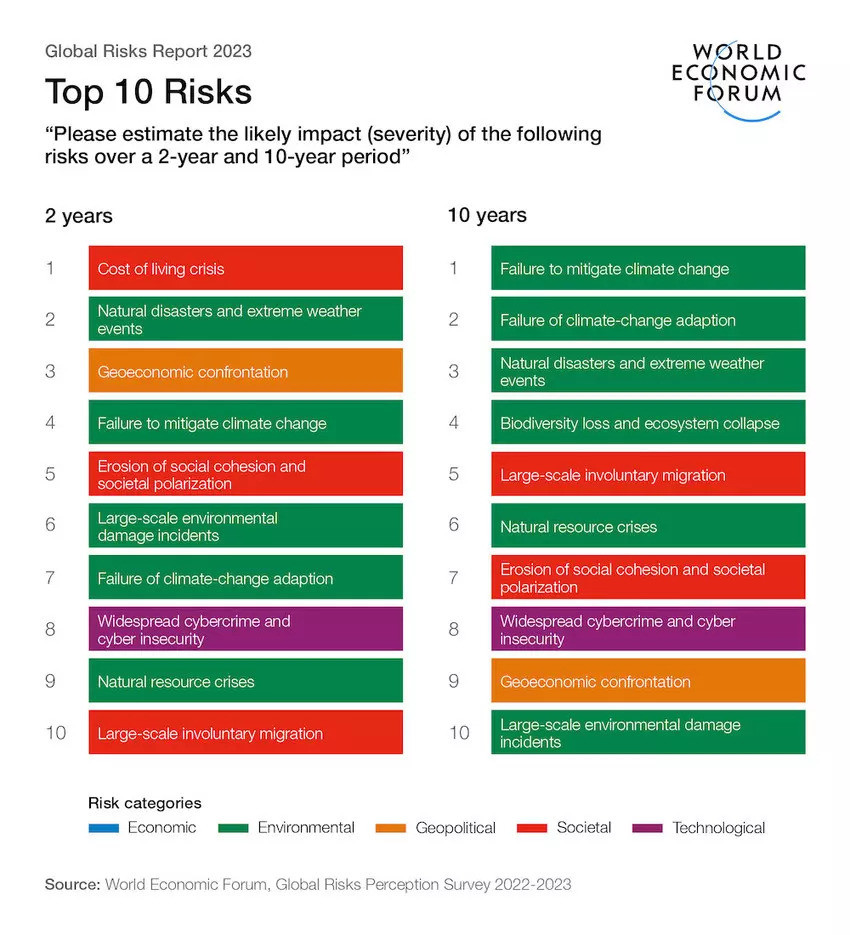
September 13, 2010
If These Walls Could Talk
 The interior design of the modernist house owned by Jay Pritchett (Ed O’Neill, second from left) reflects his personality. Photo: ABC
The interior design of the modernist house owned by Jay Pritchett (Ed O’Neill, second from left) reflects his personality. Photo: ABC
ABC’s hit sitcom Modern Family, which recently won the Emmy award for outstanding comedy series, is different: the living rooms are active parts of the storyline, reflecting and counterpointing and interrupting their inhabitants — and in doing so, eloquently commenting on today’s domestic condition.
The show, produced by Steven Levitan and Christopher Lloyd, is about three intertwined families living in the Los Angeles suburbs. We meet them in the pilot, each in a moment of stress, with no mention of how they are connected. The Dunphys, a husband and wife with three children, are at home, arguing over the length of their teenage daughter’s skirt and how to get their son’s head out of the banister (baby oil). The Pritchetts are at a soccer game, where Jay, played by Ed O’Neill, is mistaken for the father of his wife, Gloria, played by Sofia Vergara. The Pritchett-Tuckers, a gay couple, are on an airplane, headed back from Vietnam with their new baby, Lily. Their differences are underlined by crisis, but I could have understood their respective characters with mute on, just by looking at their living rooms.
The show’s producers realized early on that home design is a language that more and more of us speak. We know how to read interior details to find insight into the characters. The most conventional of the three houses is inhabited by Phil and Claire Dunphy and their kids, the most traditional of the three families: neatly appointed with all the latest suburban luxuries, it’s become a topic of envious conversation among fans online.
“Their style is very comfortable, upper middle-class, Pottery Barn chic,” said Richard Berg, the show’s production designer. “We wanted people to be able to look at that house and have it be instantly familiar. A lot of the pieces are bought in stores at the mall,” including Restoration Hardware and Crate & Barrel. They have a transitional roll-arm sofa, squashy and parked in front of a fireplace topped by a flat-screen TV. Their staircase (which has developed into a character in itself) is lined with family photos. The color scheme is beige and blues. Claire is the only character who ever seems to cook.
Such details are important, because the Dunphys’ perfect, and perfectly normal, living room acts as a foil to their arch personality quirks. The good-looking heterosexual married couple is the weirdest of the “Modern Family” bunch: Julie Bowen, who plays Claire, spoofs her natural niceness by being terribly awkward, covering up a wild past, while Ty Burrell, who plays Phil, is a parody of the modern, desperate-to-stay-relevant dad, speaking in text-ese. Their look and their decor match, but what comes out of their mouths points in the opposite direction.
Meanwhile, Claire’s father, Jay Pritchett, is married to Gloria, his second wife and a glorious caricature (and in on the joke) of a Colombian hottie. They live in a house that could only be purchased by a man who has already passed once through the halls of domesticity: everything is steely modern, with a glassy kitchen and lots of leather.
But as the first season wore on, Berg and his team slowly began adding more of Gloria, to underline her growing control over her new family: a lamp with a zebra shade, red accent walls, a string of chili pepper lights in the kitchen. Just as a second marriage brings a shift in relationships, it also brings a shift in décor. None of this is ever explained by the characters — it’s up to the viewers to catch it. The show’s success hints strongly that most of them do.
The most urbane house of the three is the first-floor, Mediterranean-style condominium of the Pritchett-Tuckers: Cameron (Eric Stonestreet), Mitchell (Jesse Tyler Ferguson) and baby Lily (usually hidden within — what else? — a Graco Snugride). If Phil and Claire are Pottery Barn, Mitch and Cam are Jonathan Adler, the epitome of upscale, neo-modern gay décor. Their stuff doesn’t come from the mall, but from specialty shops around Los Angeles like 20th, Blueprint, Diva and Modern Living. On their walls are artifacts meant to have been collected on their pre-fatherhood travels: African metalwork, abstract paintings and, above the fireplace, a black-and-white photograph of Mitch and Cam. “The self-expression is Cam, the reserved color tone is Mitchell,” Berg said.
Also all Cam is the bubblegum-pink baby’s room, where Mitchell is shocked to find that his husband has installed a Sistine Chapel-inspired mural of Lily’s two dads above the crib. It is truly horrifying, a lapse in taste out of keeping with all their Celadon and silver. Again, Modern Family uses décor to wordlessly yet clearly make a point: children will make you do crazy things to your once-perfect house, on sitcoms as in real life.
The mural is just the most egregious example of the way Modern Family has made its three homes part of the story. Luke Dunphy (Nolan Gould) gets his head stuck in the banister. Jay kills stepson Manny’s (Rico Rodriguez) turtle while trying to hang a picture. Phil trips (over and over) on the very step Claire has been nagging him to fix. And there is a hilarious episode, “Not in My Home,” involving a dog butler and lots of pratfalls from Gloria. It is a sitcom, so such incidents are par for the comic course, but the integral role played by the homes and their interiors bring new energy to a stale form.
It may be no coincidence that Modern Family won the outstanding comedy Emmy on the same night that Mad Men won for outstanding drama. Mad Men has driven an unprecedented viewer interest in retro design and fashion, and Modern Family seems to be following the same path in a contemporary mode. If anything, Modern Family engages even more intricately with its sets; it’s not just clever backdrop, as in Mad Men, but an active set that characters interact with, carry on relationships with, and use to communicate with each other — just like all those modern families off screen.
Sitting on their respective sofas, being interviewed by the documentary crew that is the series’ minimal framing device, the three families in Modern Family reveal themselves, as if they were in a therapy session. Though it’s been used before, it’s an effective narrative device. But in Modern Family, the people aren’t necessarily telling us anything we don’t already know from the throw pillows.
Observed
View all
Observed
By Alexandra Lange
Recent Posts
Courtney L. McCluney, PhD|Essays
Rest as reparations: reimagining how we invest in Black women entrepreneurs Food branding without borders: chai, culture, and the politics of packaging Why scaling back on equity is more than risky — it’s economically irresponsible Beauty queenpin: ‘Deli Boys’ makeup head Nesrin Ismail on cosmetics as masks and mirrors
 Alexandra Lange is an architecture critic and author, and the 2025 Pulitzer Prize winner for Criticism, awarded for her work as a contributing writer for Bloomberg CityLab. She is currently the architecture critic for Curbed and has written extensively for Design Observer, Architect, New York Magazine, and The New York Times. Lange holds a PhD in 20th-century architecture history from New York University. Her writing often explores the intersection of architecture, urban planning, and design, with a focus on how the built environment shapes everyday life. She is also a recipient of the Steven Heller Prize for Cultural Commentary from AIGA, an honor she shares with Design Observer’s Editor-in-Chief,
Alexandra Lange is an architecture critic and author, and the 2025 Pulitzer Prize winner for Criticism, awarded for her work as a contributing writer for Bloomberg CityLab. She is currently the architecture critic for Curbed and has written extensively for Design Observer, Architect, New York Magazine, and The New York Times. Lange holds a PhD in 20th-century architecture history from New York University. Her writing often explores the intersection of architecture, urban planning, and design, with a focus on how the built environment shapes everyday life. She is also a recipient of the Steven Heller Prize for Cultural Commentary from AIGA, an honor she shares with Design Observer’s Editor-in-Chief, 


